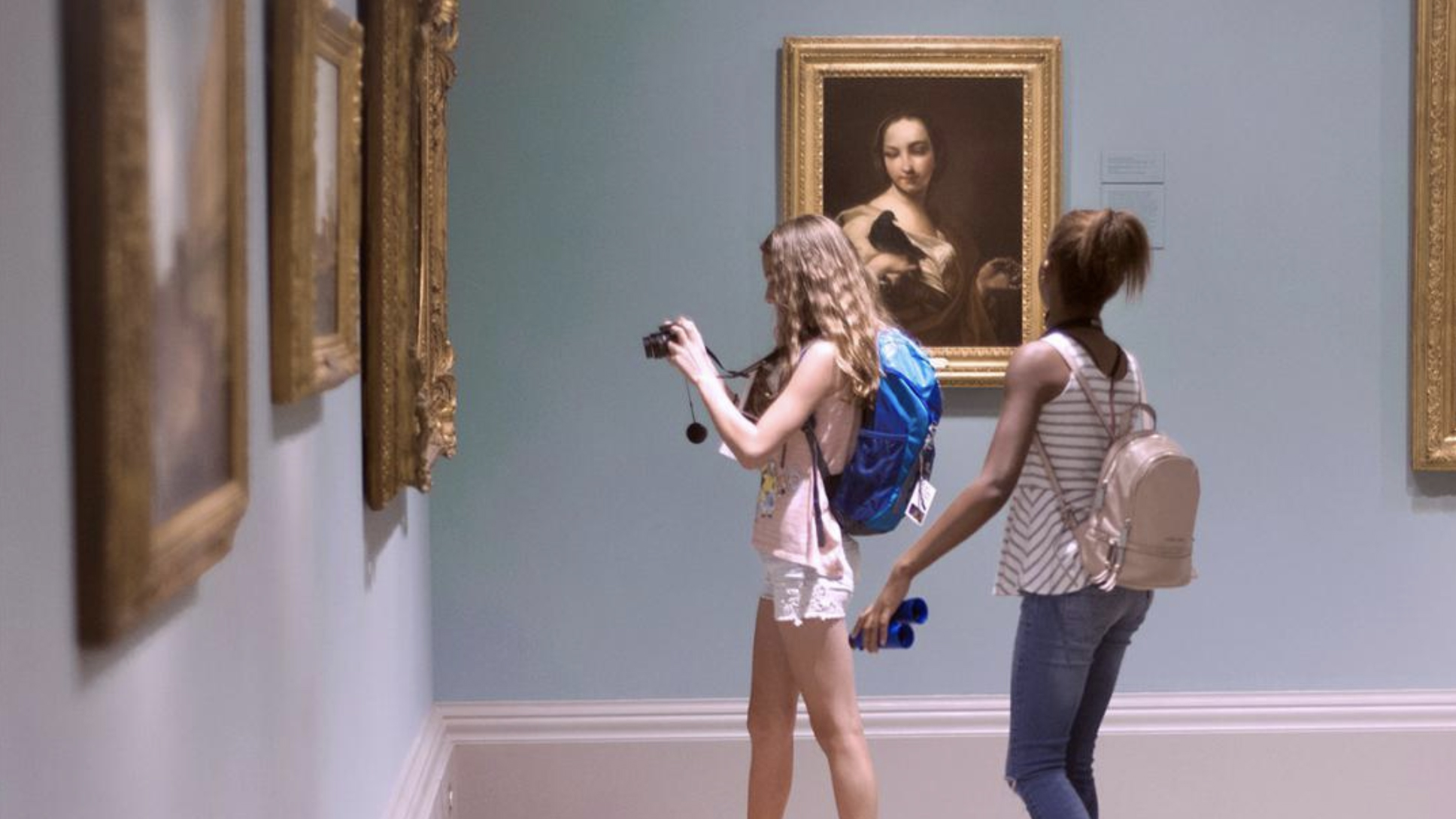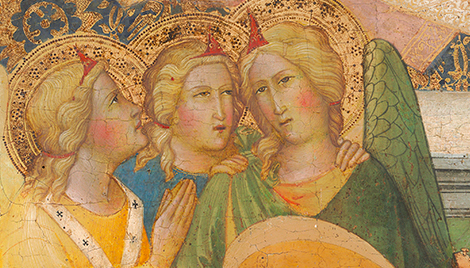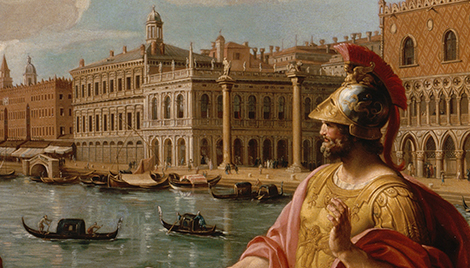Our Story
Our Story
Guided by a dual purpose — a sense of the public responsibility imposed upon great wealth, and a belief in the moral force of great art — Samuel H. Kress established the Kress Foundation to share the artistic legacy of Europe with the American people.

1863
1863
Samuel H. Kress is born in Cherryville, Pennsylvania. He is the second of seven children, descending from German and Irish immigrants.

1896
1896
The first S.H. Kress & Company five-and-ten-cent store opens in Memphis, Tennessee. Eventually, there are more than 250 Kress stores throughout the United States.
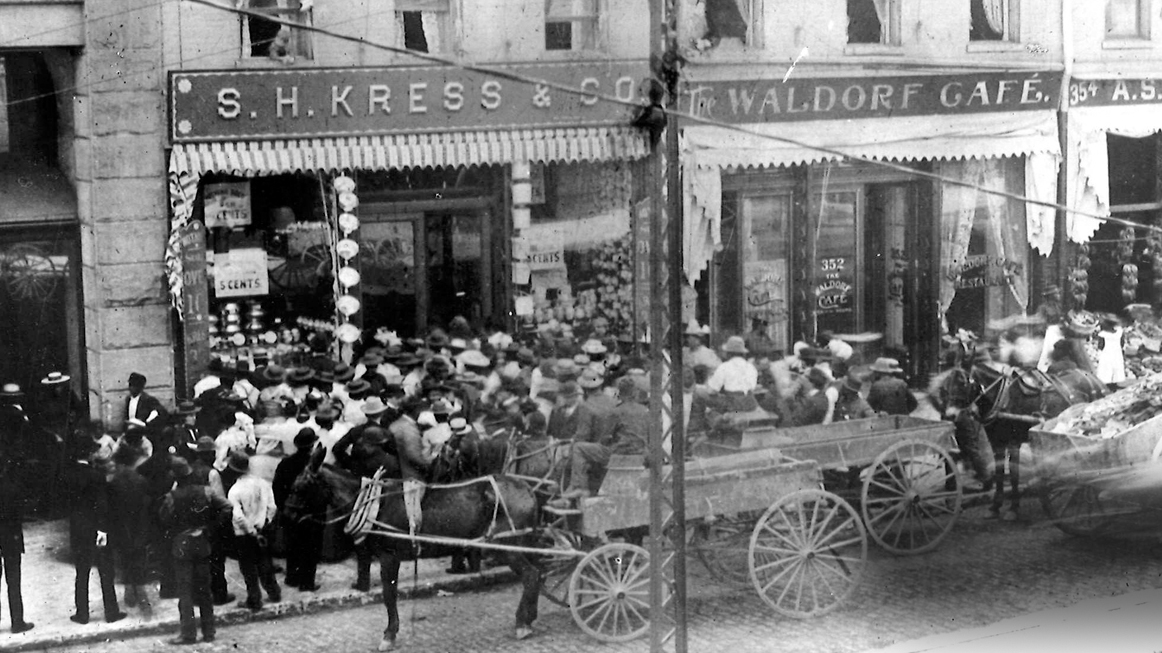
1920s
1920s
Kress begins to collect Italian Renaissance art, initiating what will become a life-long passion and result in one of the most significant private collections of Old Masters ever assembled. Much of his collection initially adorns his apartment at 1020 Fifth Avenue in New York City.
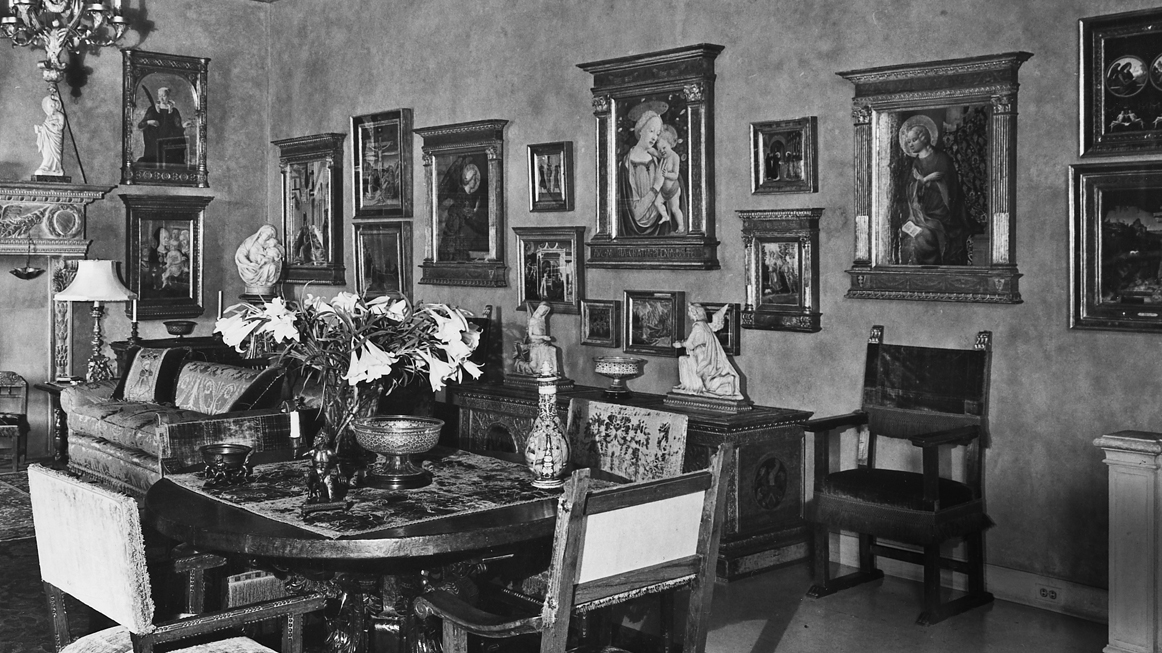
1927
1927
Kress makes his first art donation to the Metropolitan Museum of Art: Peacocks, 1683, by Melchior d’Hondecoeter (Dutch, 1636-1695).
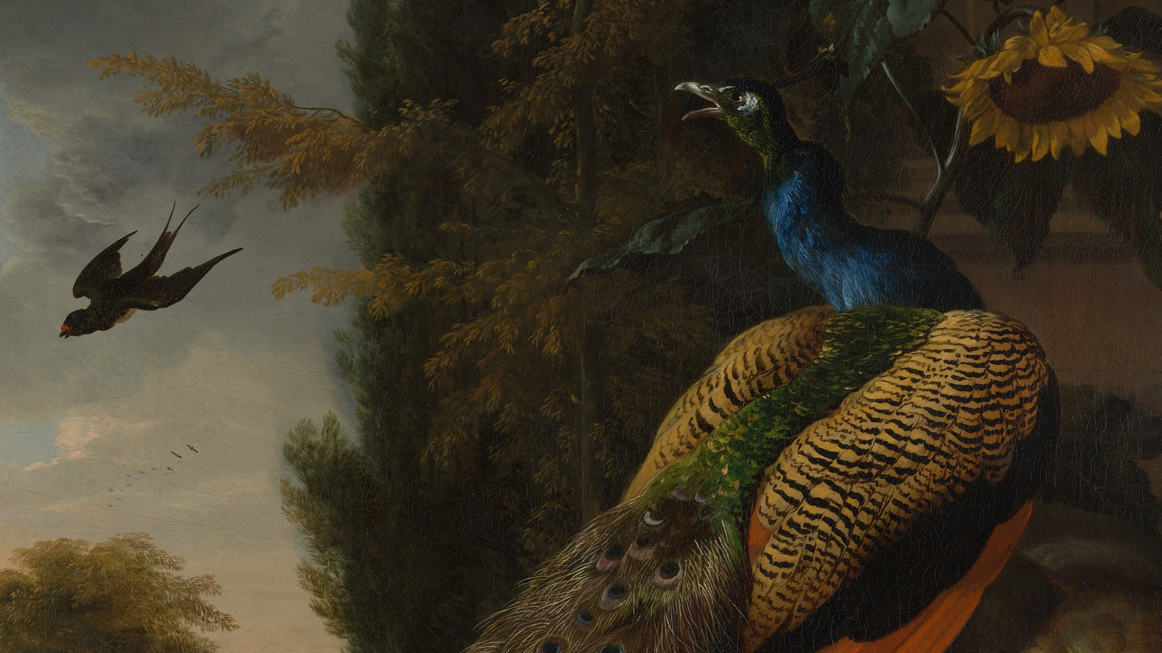
1929
1929
The Samuel H. Kress Foundation is established. The original charter of the Foundation seeks to “promote the moral, physical, and mental well-being and progress of the human races.”

1930
1930
The Foundation begins supporting architectural heritage preservation in Italy. The first project was at the Palazzo Ducale in Mantua, Italy.
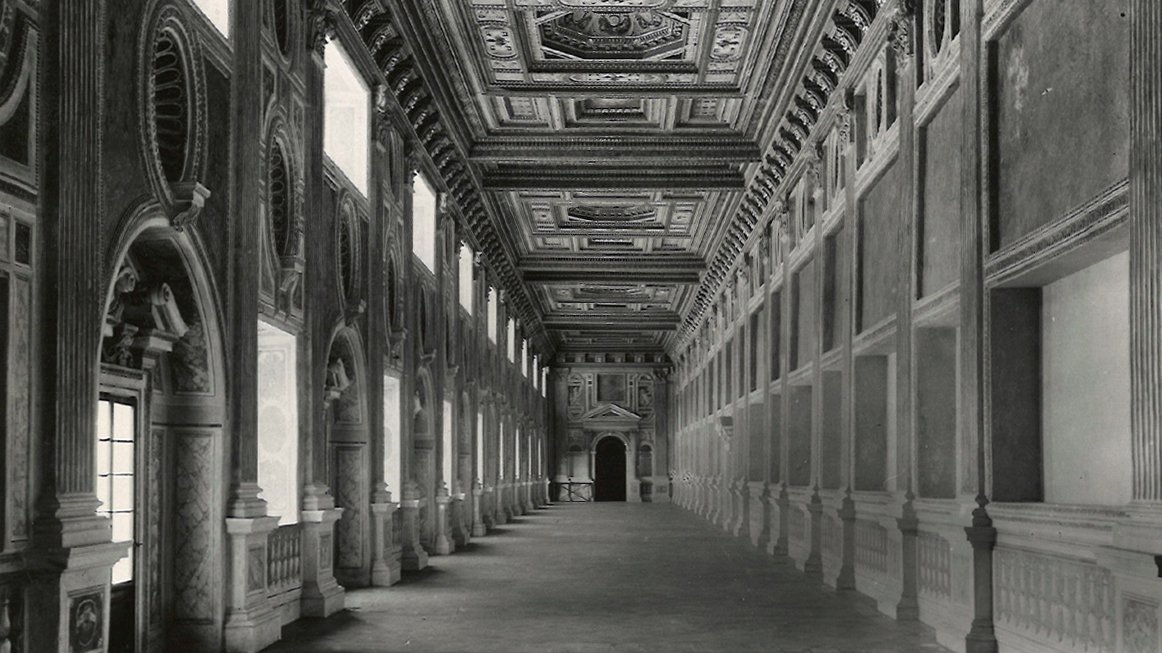
1932
1932
Kress selects 55 works of Italian Renaissance art to tour the United States during the Great Depression. This traveling exhibition begins at the High Museum of Art in Atlanta, Georgia in 1932 and travels to 25 venues throughout the country including Denver, Colorado, Seattle, Washington, and Los Angeles, California, before ending at the Mint Museum of Art in Charlotte, North Carolina in 1935.
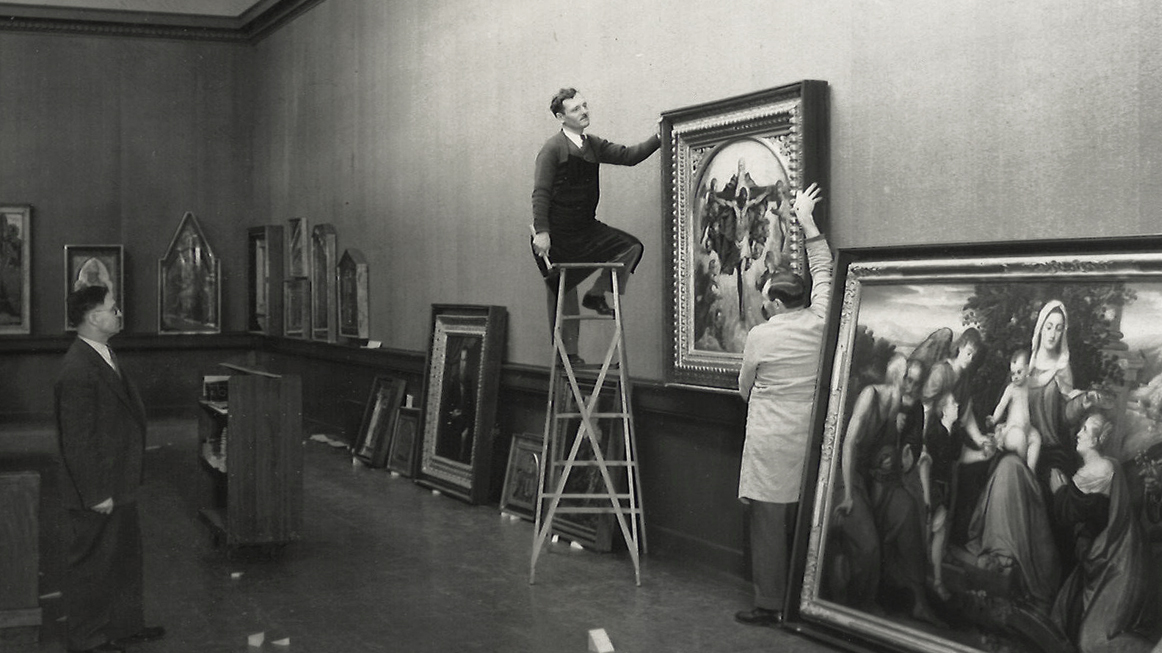
1941
1941
At the invitation of the new national art museum, Kress donates more than 400 paintings and sculptures from the Kress Collection to the National Gallery of Art in Washington, DC for its opening on March 17, 1941.
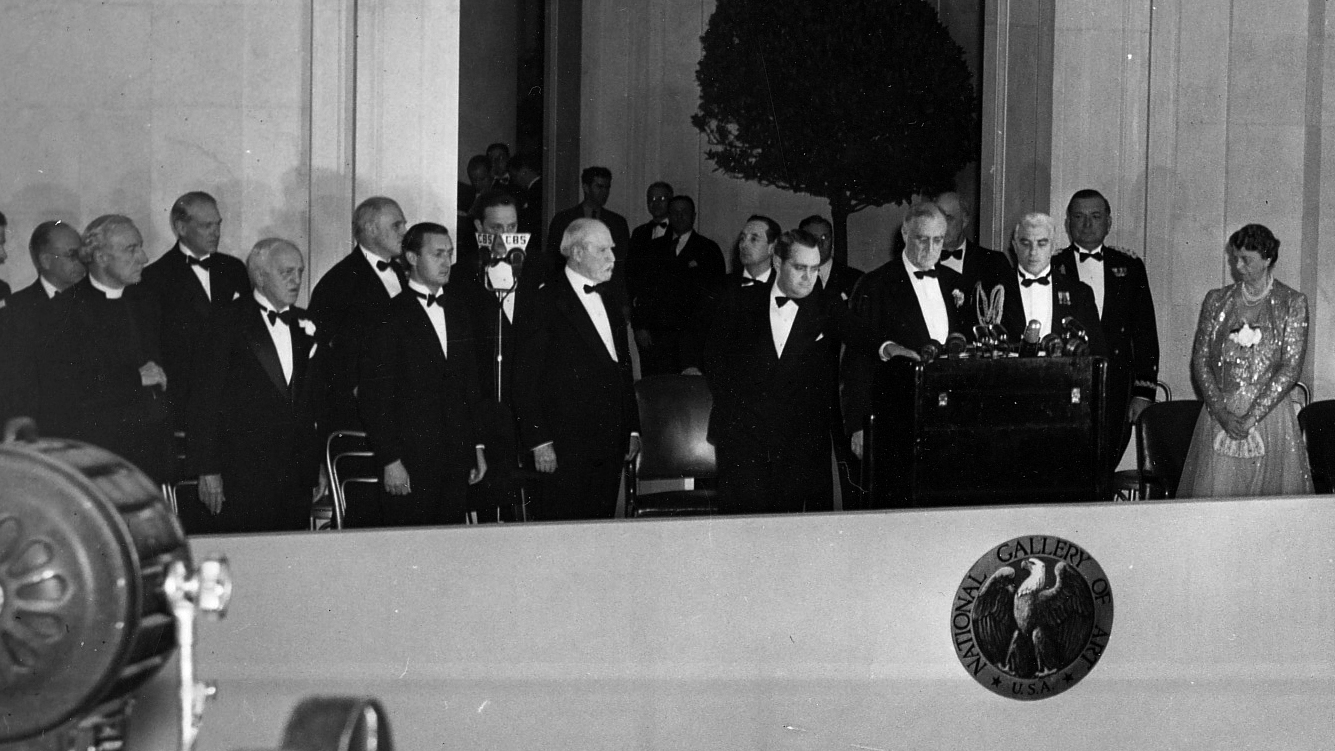
1955
1955
Samuel H. Kress dies. His younger brother, Rush H. Kress, becomes President of the Foundation and oversees the distribution of the Kress Collection.
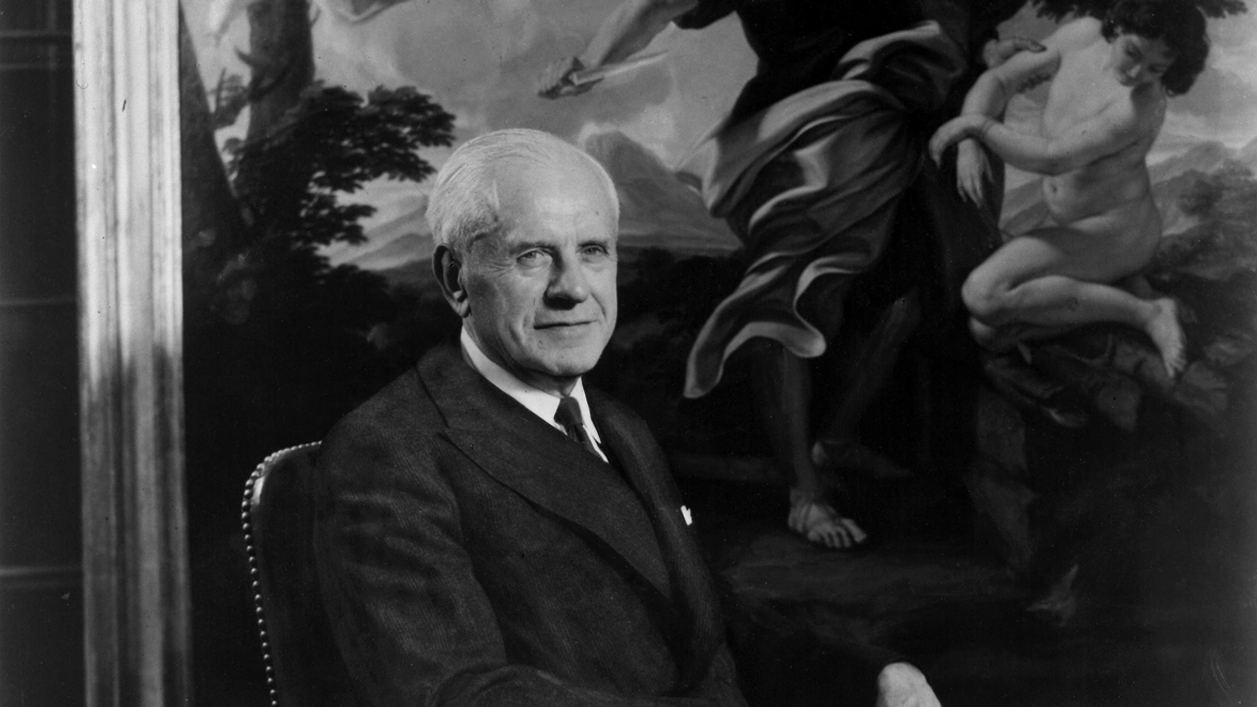
1961
1961
The distribution of the Kress Collection is complete and honored at a ceremony at the National Gallery of Art. Today, the Kress Collection, some 3,100 works, resides in the National Gallery of Art and scores of regional and campus museums around the United States.

1961
1961
The Foundation commissions an international team of scholars to create a definitive, fully illustrated catalog of the entire Kress Collection, honoring Samuel H. Kress’s original intention to make the collection as fully accessible as possible. Phaidon Press publishes the Complete Catalogues of the Samuel H. Kress Collection; the ninth and final volume is completed in 1976.

1963
1963
The Foundation begins awarding grants to art history departments for graduate study and research, initiating a legacy of support to the field. In addition, competitive fellowships and research fellowships at European centers for the study of art history are awarded.
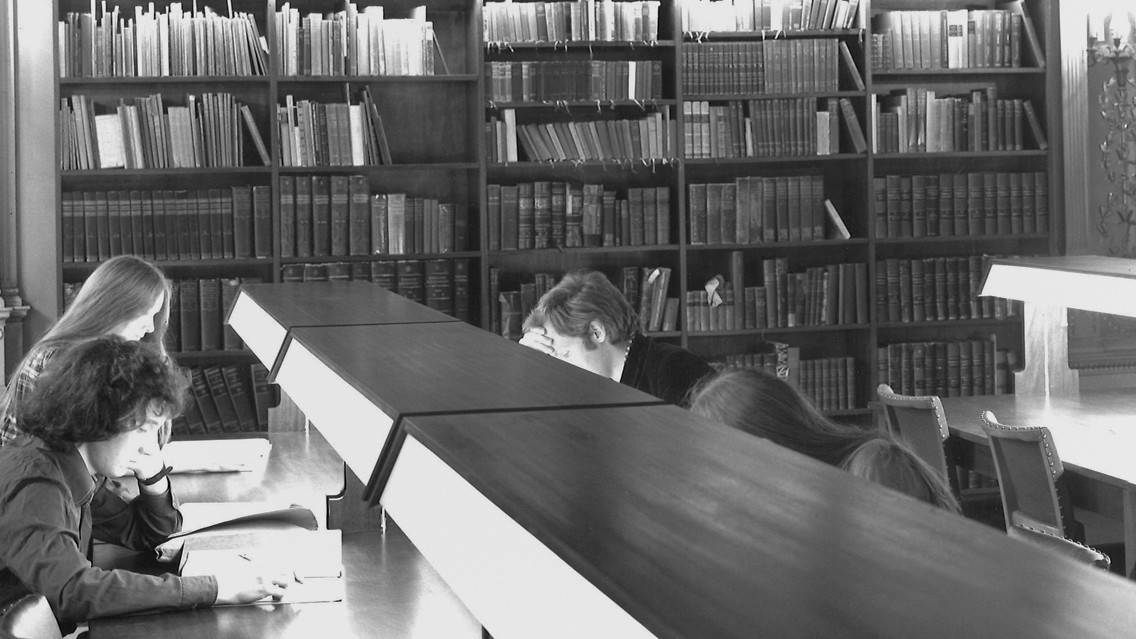
1980s
1980s
After two decades of exploratory support for advanced training in art conservation, the Foundation creates a Conservation Fellowship program area to support hands-on training, in all mediums, for early career conservators.
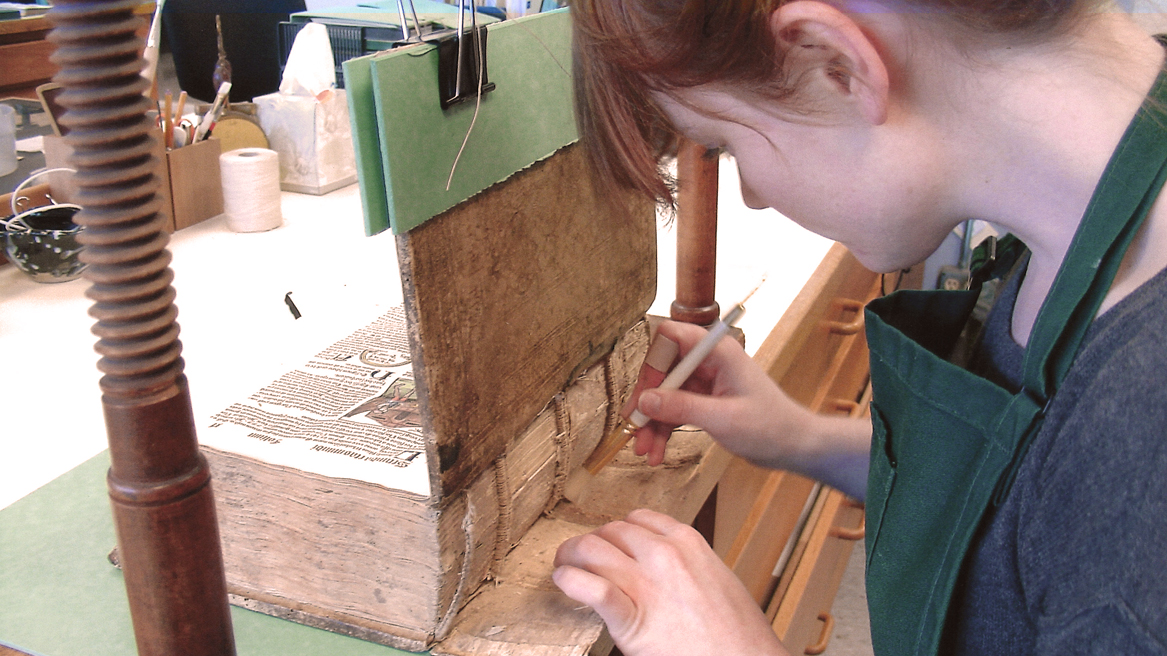
1987
1987
The Foundation establishes the European Preservation Program which provides grants for the conservation of architectural heritage in Europe. The program is administered by the World Monuments Fund until it is retired in 2010, having achieved its key goals.
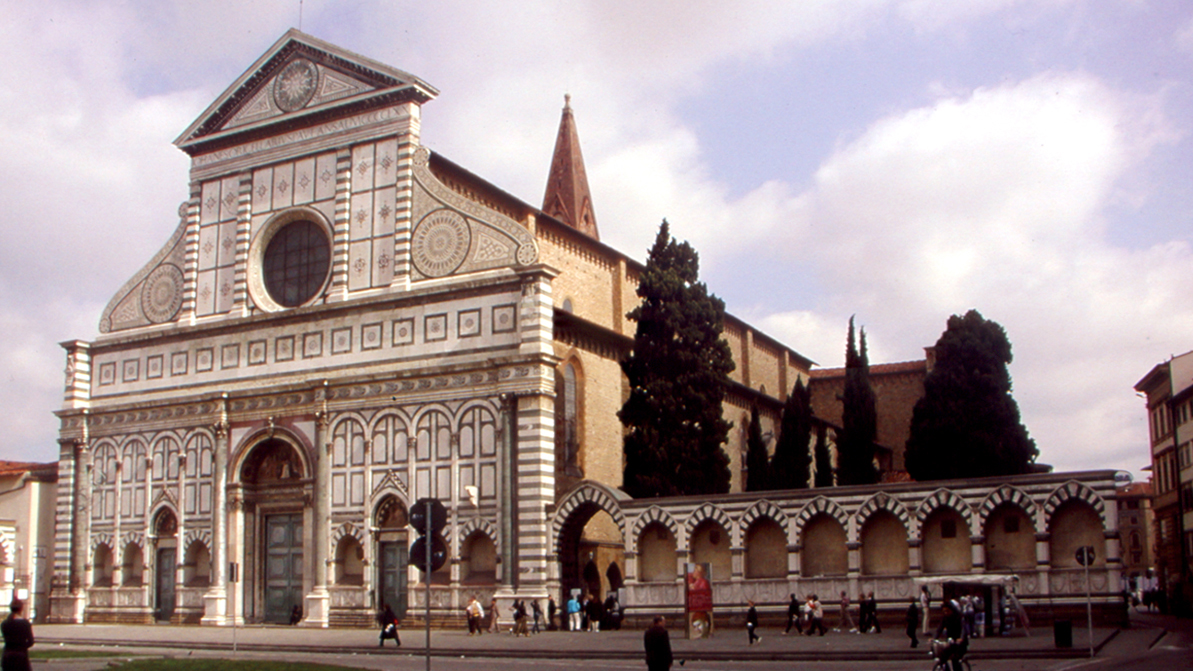
Late 1980s
Late 1980s
The Foundation provides funds for the creation of slide sets with the newest photography of the Kress Collection and distributes them to Kress Collection museums and study collections.
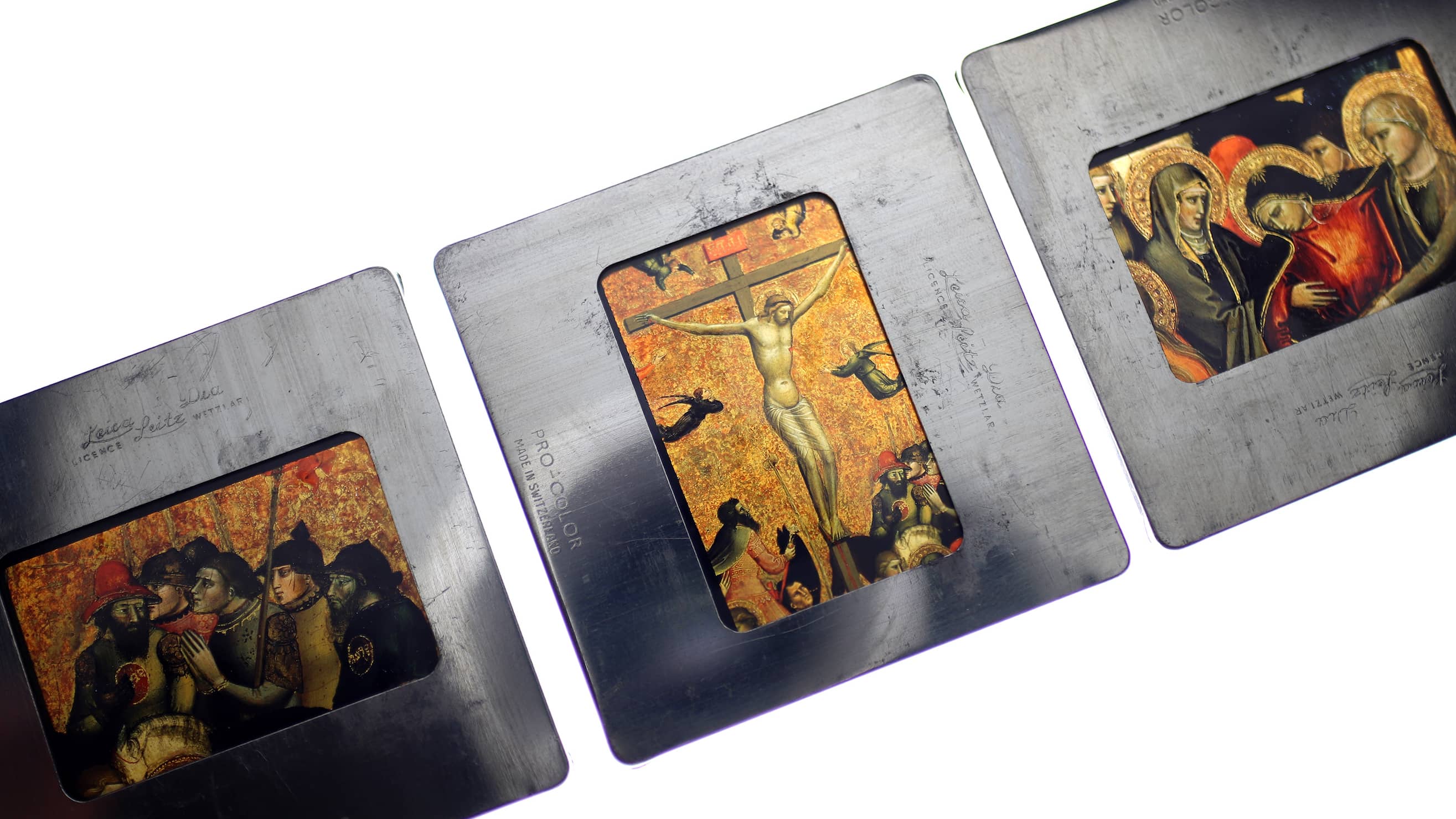
1992
1992
Building on a pilot program, the Kress Program in Paintings Conservation at New York University’s Institute of Fine Arts is established to create training opportunities for graduate art conservation students while providing conservation examination and treatment for Old Master works in the distributed Kress Collection.
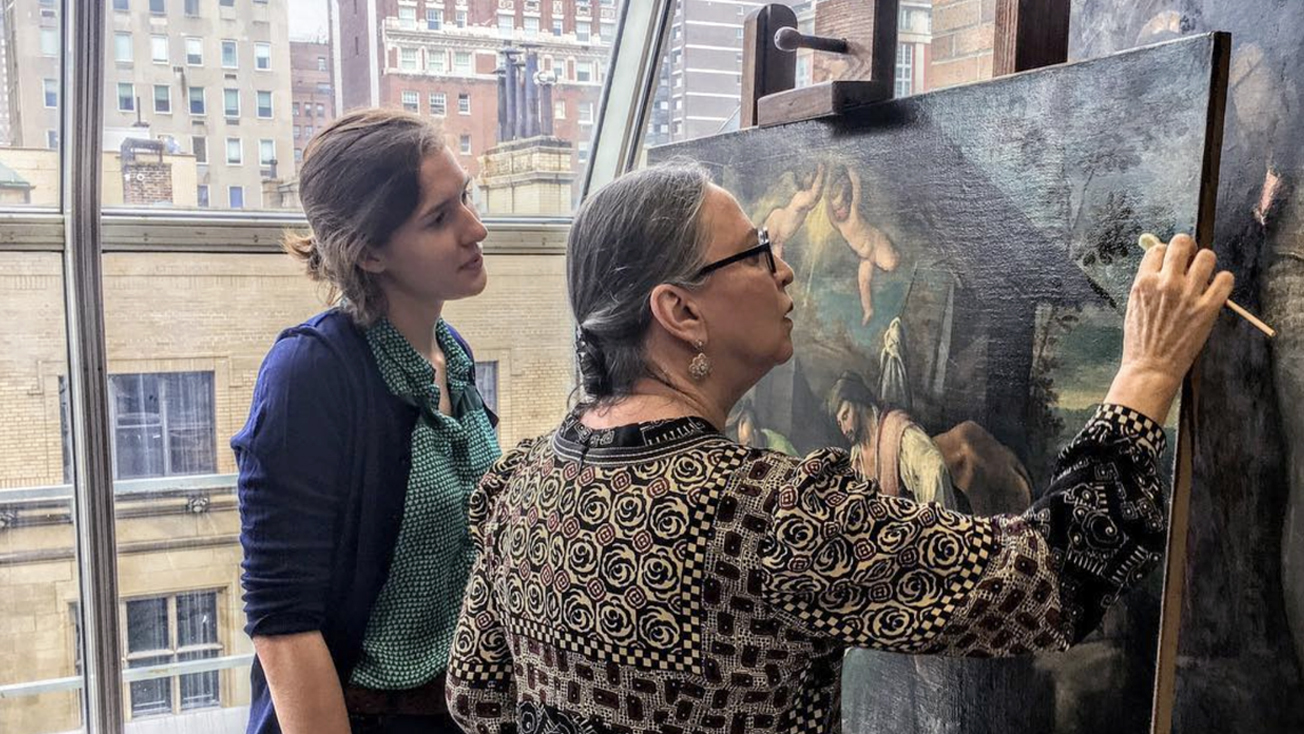
2000
2000
The Foundation creates the Old Masters in Context grant program to support projects focused on understanding European art in its original context.
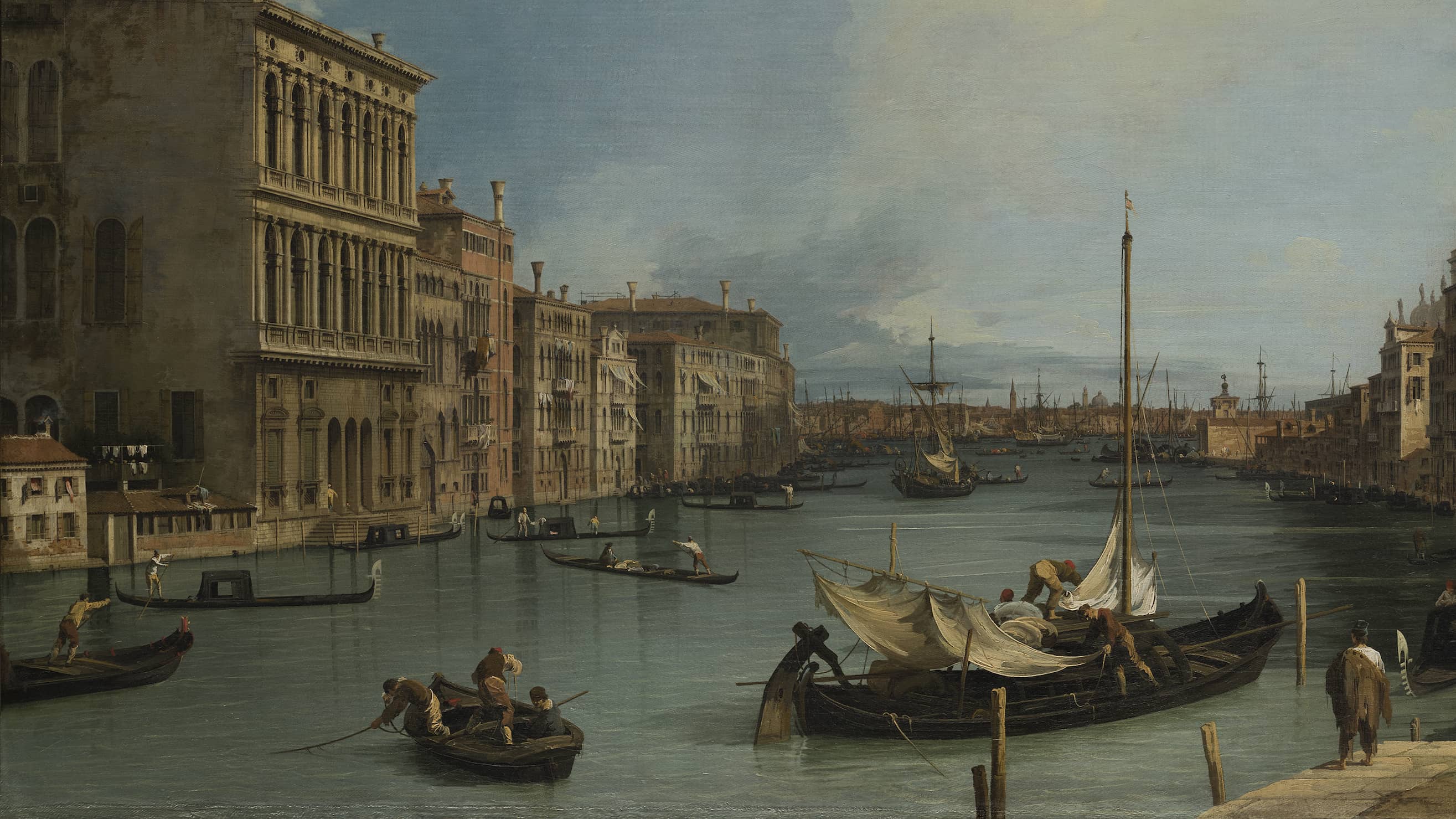
2006
2006
The Foundation partners with the Andrew W. Mellon Foundation’s Artstor digital initiative to digitize and distribute online the entire Kress Collection for educational and scholarly use.
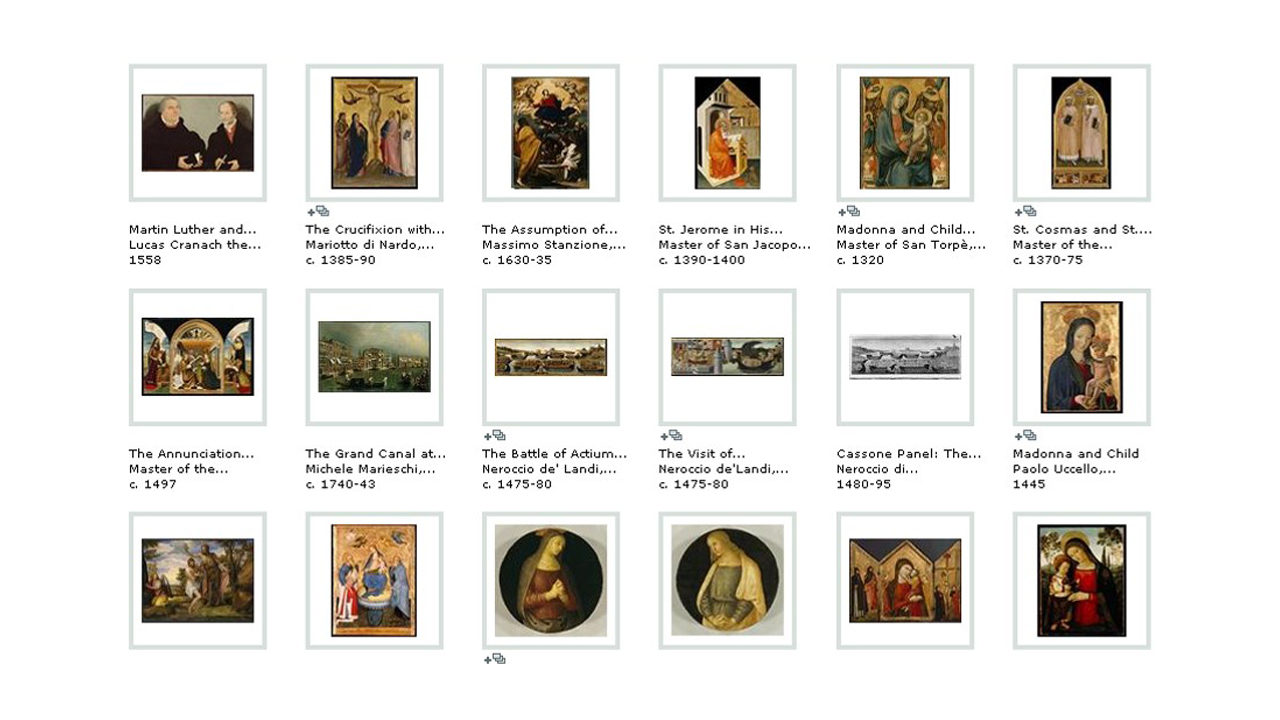
2007
2007
A new grant program is launched to help art historians engage with emerging digital technologies. The Digital Art History program seeks to support efforts to integrate new technologies into the practice of art history and the creation of important online resources in art history, including both textual and visual resources.
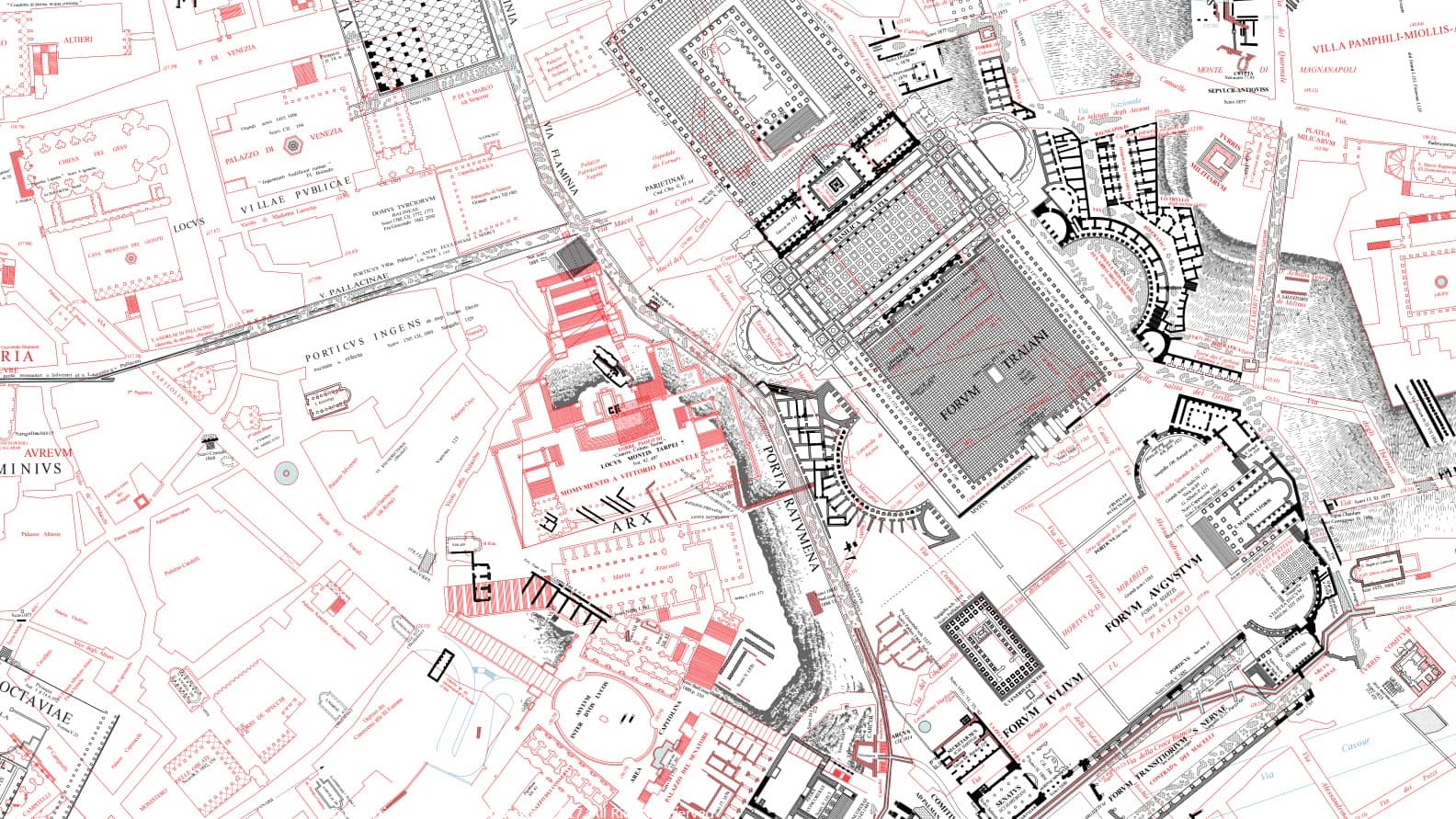
2010
2010
The Foundation establishes a new fellowship program, Interpretive Fellowships at Art Museums, supporting the professional development of the next generation of art museum professionals.
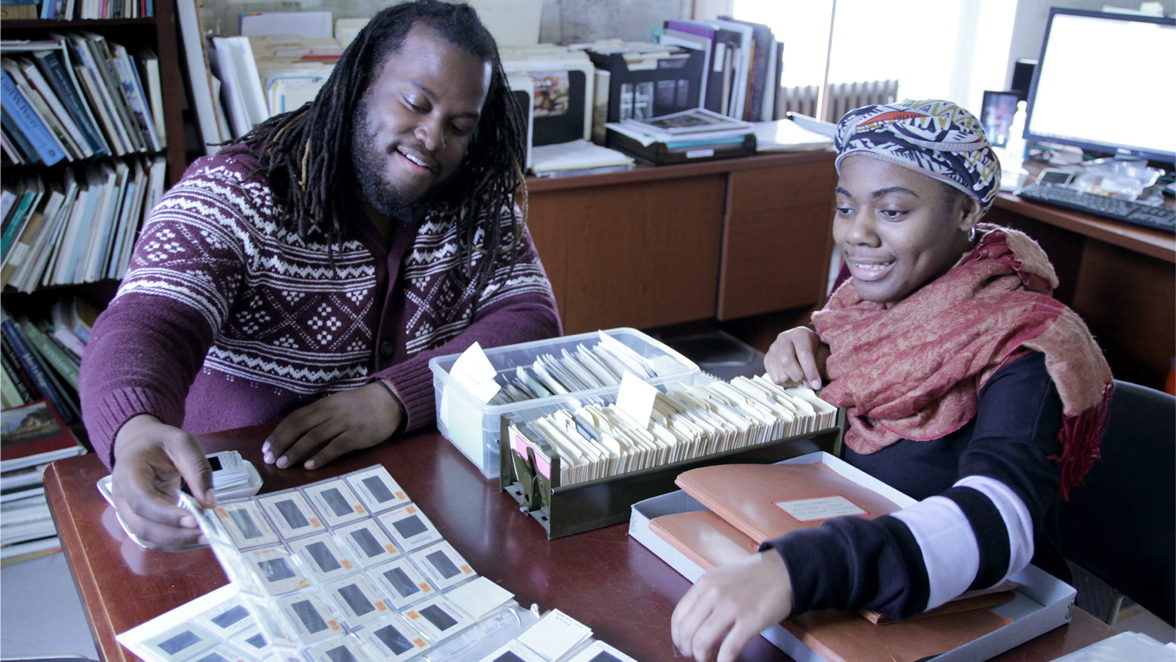
2015
2015
Support begins for the Digital Cicognara Library, an international initiative to recreate in digital form the foundational art library of Count Leopold Cicognara (1767-1834), building upon previous support for the dissemination of the Cicognara collection on microfiche beginning in the 1980s.

2020
2020
A new foundation website is launched making freely available high resolution images of the entire Kress Collection. The Kress Paintings Program in Conservation at the Institute of Fine Arts also launches an information-rich website, documenting the achievements of the program over the past three decades.
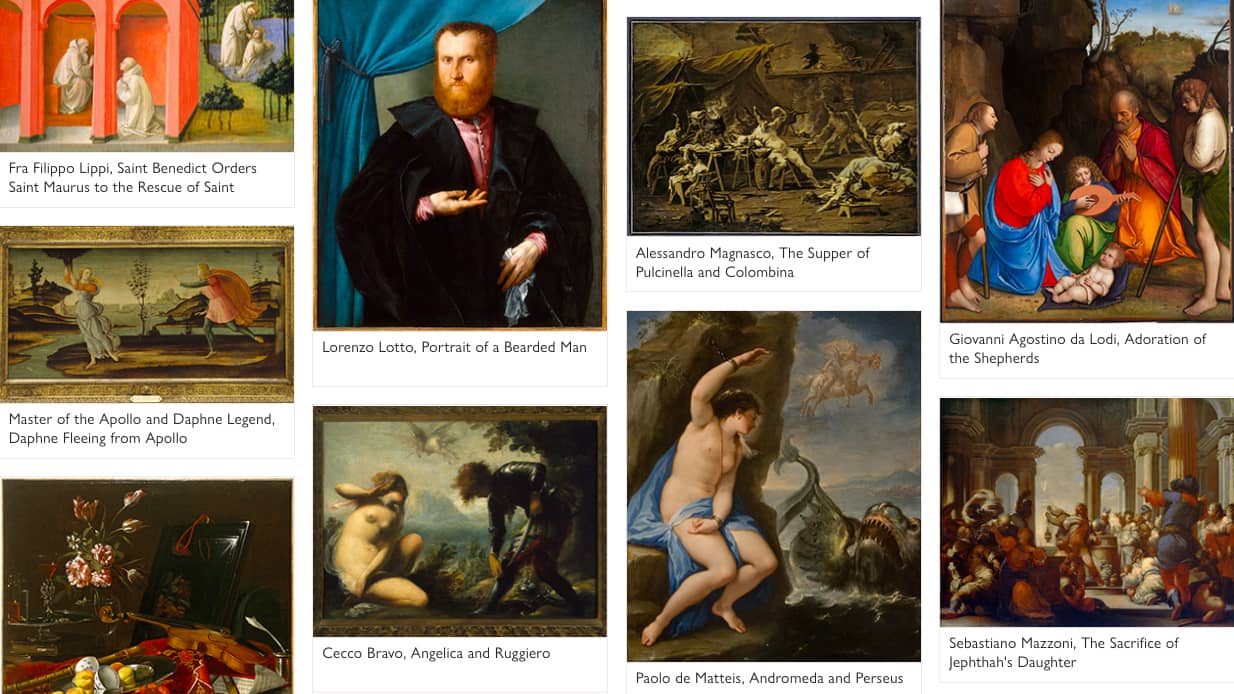
Today
Today
The Foundation continues to sustain active grant and fellowship programs supporting the study and conservation of European art of the pre-modern era. A renewed commitment to the populist spirit that animated the original donation of the Kress Collection to the American people is today leading the Foundation to seek new avenues to new audiences.
